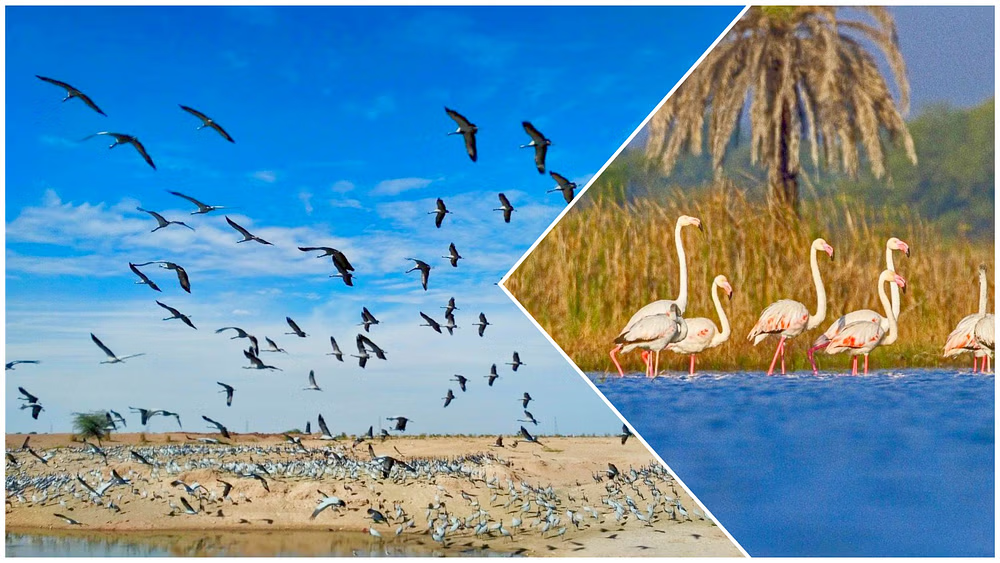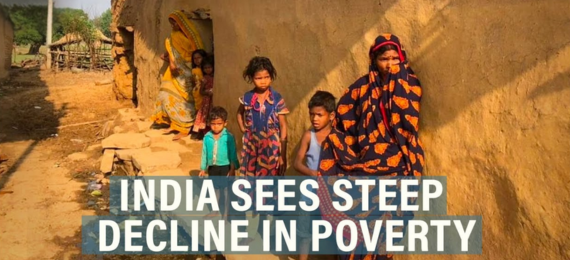- Courses
- GS Full Course 1 Year
- GS Full Course 2 Year
- GS Full Course 3 Year
- GS Full Course Till Selection
- MEP (Mains Enrichment Programme) Data, Facts
- Essay Target – 150+ Marks
- Online Program
- GS Recorded Course
- NCERT- First Ladder
- Polity
- Geography
- Economy
- Ancient, Medieval and Art & Culture AMAC
- Modern India, Post Independence & World History
- Environment
- Governance
- Science & Technology
- International Relations and Internal Security
- Disaster Management
- Ethics
- Current Affairs
- Indian Society and Social Issue
- CSAT
- 5 LAYERED ARJUNA Mentorship
- Public Administration Optional
- ABOUT US
- OUR TOPPERS
- TEST SERIES
- FREE STUDY MATERIAL
- VIDEOS
- CONTACT US
2 New Ramsar sites: Menar (Udaipur) And Khichan (Phalodi)
2 New Ramsar sites: Menar (Udaipur) And Khichan (Phalodi)

Context:
- Ahead of World Environment Day (June 5, 2025), India has officially added two new Ramsar Sites: Menar (Udaipur) and Khichan (Phalodi), both located in Rajasthan.
- This significant addition raises India’s total number of Ramsar wetlands to 91, cementing its position as the highest in Asia and 3rd globally in terms of the number of designated sites.
Newly Designated Ramsar Sites (June 2025)
A. Menar Wetland, Udaipur (Rajasthan)
- Nickname: Known as the "Bird Village" due to its rich avian diversity.
- Size: Covers an area of 104 hectares.
- Biodiversity: Supports over 200 bird species, including significant populations of Eurasian coot, herons, and spot-billed duck.
- Community-Driven Conservation: Local residents play a crucial role in its conservation by prohibiting hunting and fishing. It was declared an Important Bird Area (IBA) in 2016, recognizing its avian significance.
- Tourism Value: Evolving as a growing eco-tourism destination, strategically located on the Udaipur-Chittorgarh route.
B. Khichan Wetland, Phalodi (Rajasthan)
- Known For: Particularly renowned for being a major wintering site for large flocks of migratory Demoiselle Cranes.
- Ecological Significance: Serves as a critical stopover along the Central Asian Flyway, a major migratory bird route.
- Community Role: Local traditions and community efforts are instrumental in protecting the migratory birds, highlighting successful human-wildlife coexistence.
What are Wetlands and Their Ecological Importance
- What Are Wetlands?
- Wetlands are areas of land covered by water (either stagnant or flowing), such as marshes, lakes, bogs, and swamps, which may be permanent or seasonal.
- They are distinct ecosystems based on the presence of water.
- Ecological Importance of Wetlands:
- Biodiversity Hotbeds: Supporting a wide range of species, including birds, fish, amphibians, and plants.
- Water Conservation: Crucial for groundwater recharge, purification of water, and regulation of floodwaters (natural sponges).
- Climate Change Mitigation: Acting as significant carbon sinks, absorbing and storing atmospheric carbon.
- Economic Benefits: Providing resources through fisheries, agriculture (e.g., rice paddies), and supporting local economies through tourism and livelihoods.
About Ramsar Sites and the Ramsar Convention:
- What is a Ramsar Site?
- A wetland of international importance designated under the Ramsar Convention.
- Ramsar Convention:
- An international agreement signed on February 2, 1971, in Ramsar, Iran, under the auspices of UNESCO.
- Focused on the sustainable use and conservation of wetlands globally.
- World Wetlands Day is celebrated annually on February 2nd to raise awareness about wetland conservation.
Earlier World Wetland Day 2025 Designations (February 2, 2025):
|
- Recognition Criteria: Ramsar Sites are recognized for providing critical ecosystem services, supporting significant biodiversity, and sustaining local livelihoods.
- Eligibility Criteria: A wetland can be designated as a Ramsar Site if it meets any 1 of 9 Ramsar Criteria, which include:
- Supporting rare or endangered species.
- Hosting significant bird populations.
- Being a critical life cycle habitat (e.g., for breeding or migration).
- Being an exemplary wetland ecosystem or possessing unique hydrological characteristics.
India's Status on Ramsar Sites (as of June 2025)
|
Ramsar sites in India State-Wise:
|
State/UT |
Number of Ramsar Sites |
Names / Sites |
|
Andhra Pradesh |
1 |
Kolleru Lake |
|
Assam |
1 |
Deepor Beel |
|
Bihar |
3 |
Kanwar Lake, Nagi Bird Sanctuary, Nakti Bird Sanctuary |
|
Goa |
1 |
Nanda Lake |
|
Gujarat |
4 |
Khijadia, Nalsarovar, Thol Lake, Wadhvana Wetland |
|
Haryana |
2 |
Bhindawas Wildlife Sanctuary, Sultanpur NP |
|
Himachal Pradesh |
3 |
Chandra Taal, Pong Dam Lake, Renuka Lake |
|
Jammu & Kashmir (UT) |
5 |
Hokersar, Hygam, Shallbugh, Surinsar-Mansar, Wular |
|
Karnataka |
4 |
Ranganathittu, Magadi Kere, Ankasamudra, Aghanashini Estuary |
|
Kerala |
3 |
Ashtamudi, Sasthamkotta, Vembanad-Kol |
|
Madhya Pradesh |
5 |
Bhoj Wetland, Sakhya Sagar, Sirpur, Yashwant Sagar, Tawa Reservoir |
|
Maharashtra |
3 |
Lonar Lake, Nandur Madhameshwar, Thane Creek |
|
Manipur |
1 |
Loktak Lake |
|
Mizoram |
1 |
Pala Wetland |
|
Odisha |
6 |
Ansupa Lake, Bhitarkanika Mangroves, Chilika, Hirakud, Satkosia Gorge, Tampara Lake |
|
Punjab |
6 |
Beas Conservation Reserve, Harike, Kanjli, Keshopur-Miani, Nangal, Ropar |
|
Rajasthan |
4 |
Keoladeo NP, Sambhar Lake, Khichan, Menar |
|
Tamil Nadu |
20 |
|
|
Tripura |
1 |
Rudrasagar Lake |
|
Uttar Pradesh |
10 |
Bakhira, Haiderpur, Nawabganj, Parvati Arga, Saman, Samaspur, Sandi, Sarsai Nawar, Sur Sarovar, Upper Ganga River |
|
Uttarakhand |
1 |
Asan Barrage |
|
West Bengal |
2 |
East Kolkata Wetlands, Sundarban Wetland |
|
Sikkim |
1 |
Khecheopalri Wetland |
|
Jharkhand |
1 |
Udhwa Lake |
|
Ladakh (UT) |
2 |
Tso Kar, Tsomoriri |
ENSURE IAS Prelims Questions:Q1. Which of the following is India’s oldest Ramsar Site, designated in 1981? Answer: a) Chilika Lake Q2. Which of the following wetlands is known as the largest Ramsar Site in India by area? Answer: a) Sundarban Wetland Q4. The Keoladeo National Park, a Ramsar Site, is located in which state? Answer: a) Rajasthan |
|
ENSURE IAS Mains Question: Q2. The recent addition of Menar and Khichan wetlands as Ramsar Sites highlights the role of community-led conservation and ecological importance of wetlands. Discuss how such designations aid India’s efforts in biodiversity conservation, climate change mitigation, and sustainable development. 250 WORDS |


